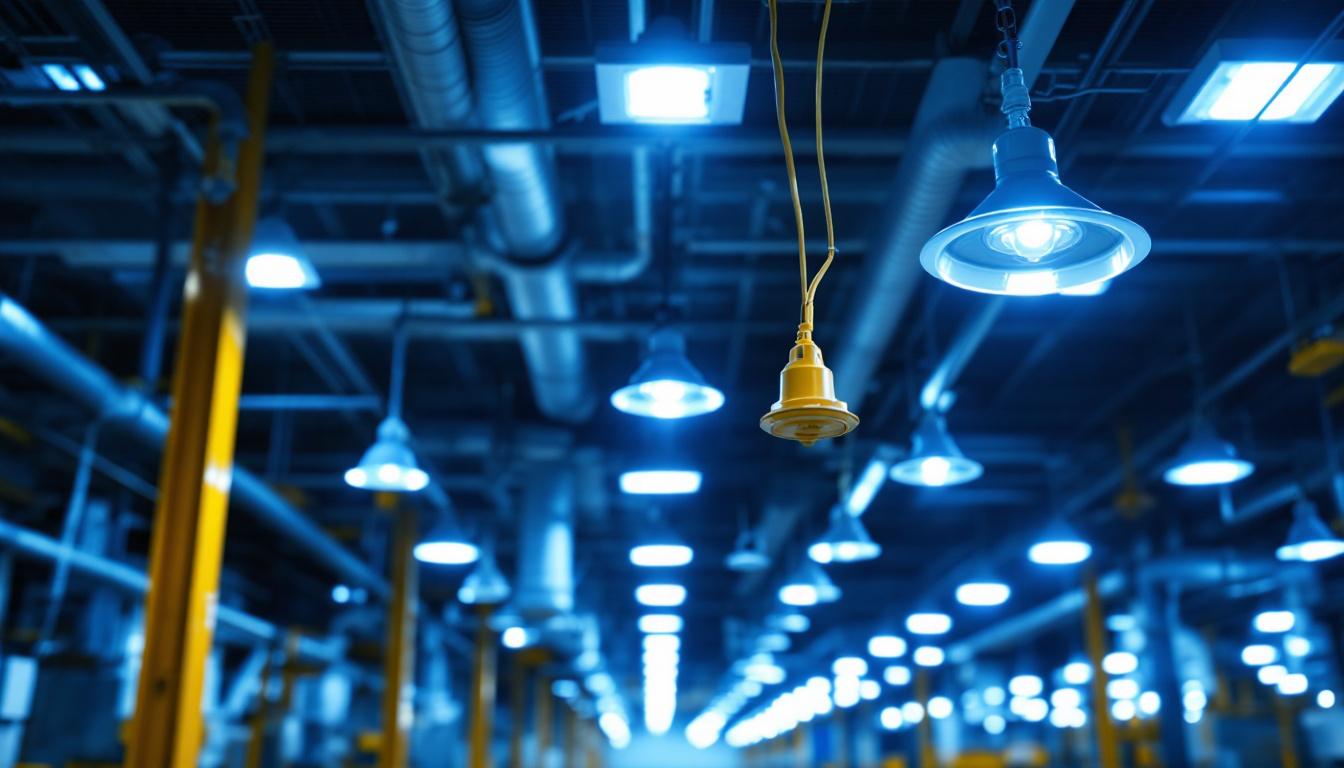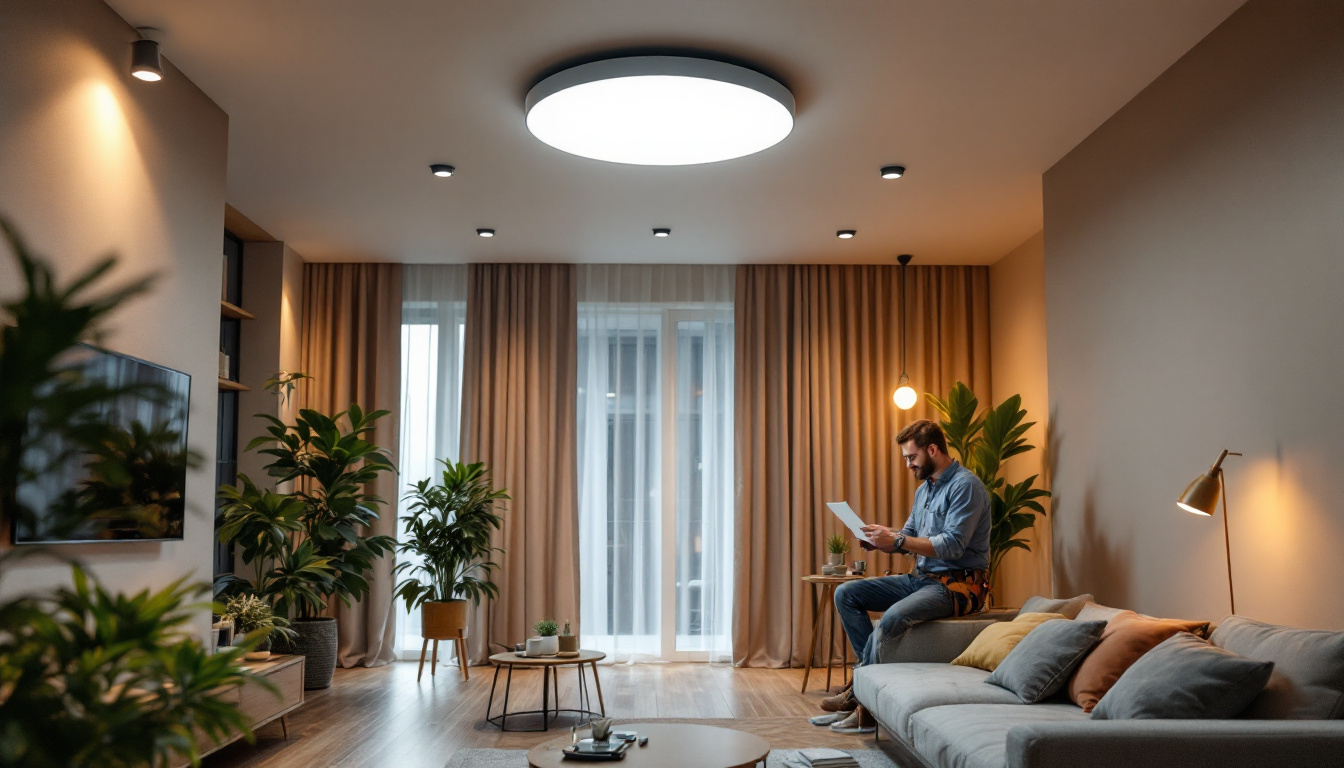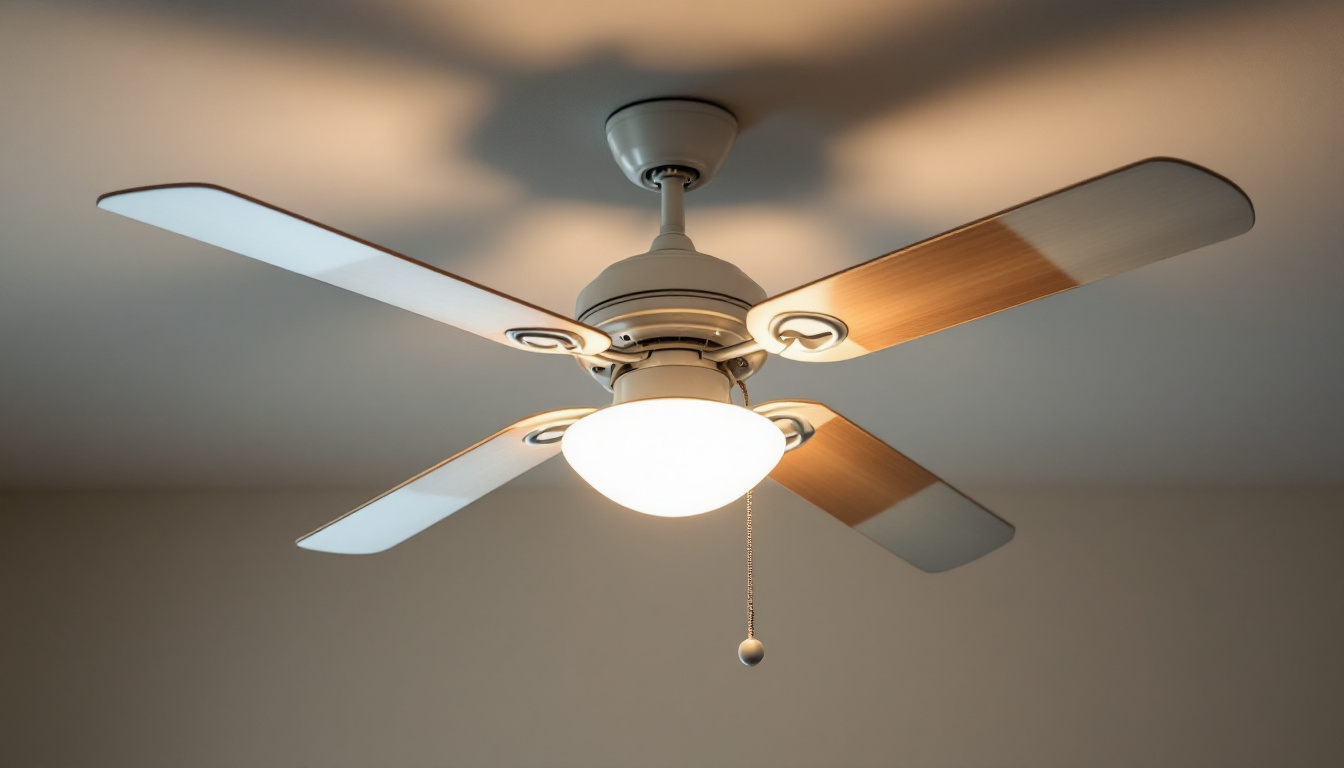
Lighting Ballasts: How It Enhances Safety in Lighting Installations
In the world of electrical installations, safety is paramount. One critical component that plays a significant role in ensuring the safety and efficiency of lighting systems is the lighting ballast. This article delves into the importance of lighting ballasts, their types, and how they contribute to safer lighting installations for contractors and end-users alike.
Lighting ballasts are essential devices used in fluorescent and HID (High-Intensity Discharge) lighting systems. They serve multiple functions, including regulating the current flowing through the lamp, providing the necessary starting voltage, and ensuring the lamp operates efficiently. By stabilizing the electrical current, ballasts prevent flickering and extend the lifespan of the lighting fixtures. Without ballasts, these lighting systems would be prone to erratic behavior, leading to a frustrating experience for users and potentially damaging the lamps themselves.
At its core, a ballast acts as a control device that manages the electrical flow to the lamp. When a fluorescent lamp is first energized, it requires a higher voltage to initiate the discharge of electricity. The ballast delivers this initial voltage and then regulates the current to maintain a steady operation. This regulation is crucial for preventing overheating and potential failures, which can pose safety risks. Additionally, the ability of a ballast to maintain consistent light output is vital in settings that demand high visibility, such as commercial spaces, hospitals, and schools.
Moreover, ballasts can help reduce energy consumption. By ensuring that the lamp operates at its optimal efficiency, they contribute to lower energy bills and a reduced carbon footprint. This is particularly important for contractors looking to provide sustainable solutions to their clients. In fact, many modern ballasts are designed with energy-saving features that not only optimize performance but also comply with stringent energy regulations, making them an attractive option for environmentally conscious consumers.
There are primarily two types of ballasts: magnetic and electronic. Each type has its unique characteristics and applications. Understanding the differences between these two can help users make informed decisions based on their specific lighting needs.
Furthermore, the choice between magnetic and electronic ballasts can also impact the overall lighting quality. Electronic ballasts typically produce a more stable light output, which can enhance color rendering and reduce eye strain in environments where lighting quality is critical. As technology advances, many manufacturers are focusing on developing ballasts that not only meet performance standards but also integrate seamlessly with smart lighting systems, paving the way for more innovative and efficient lighting solutions in the future.
Safety is a critical consideration in any lighting installation. Ballasts are designed with several safety features that help mitigate risks associated with electrical systems. Understanding these features can help contractors make informed decisions when selecting ballasts for their projects.
One of the primary safety features of modern ballasts is overcurrent protection. This feature prevents excessive current from flowing through the lamp, which can lead to overheating and potential fire hazards. If the current exceeds a certain threshold, the ballast will automatically shut off, protecting both the lamp and the surrounding environment. In addition to this, many ballasts are equipped with resettable fuses that can be easily restored after a fault condition, allowing for quick recovery and minimizing downtime in lighting systems.
Thermal protection is another critical safety aspect. Ballasts are designed to monitor their operating temperature and will shut down if they become too hot. This feature is particularly important in environments where heat buildup can lead to hazardous conditions. By preventing overheating, ballasts help ensure that lighting installations remain safe and functional. Furthermore, some advanced ballasts utilize temperature sensors that can provide real-time data, allowing facility managers to monitor performance and proactively address any potential issues before they escalate.
Many electronic ballasts come equipped with failure detection systems. These systems can identify when a lamp has failed or is not operating correctly. In such cases, the ballast will either shut down or signal an alert, allowing for timely maintenance and reducing the risk of electrical hazards. This feature not only enhances safety but also improves the overall efficiency of lighting systems by ensuring that only functioning lamps are powered, thus conserving energy and extending the lifespan of the installation. Additionally, some ballasts are designed to provide diagnostic information, which can be invaluable for troubleshooting and maintenance, enabling technicians to quickly identify and resolve issues without extensive downtime.
Surge protection is another vital safety feature integrated into many ballasts. Electrical surges, often caused by lightning strikes or sudden changes in the electrical grid, can damage sensitive components within lighting systems. Ballasts equipped with surge protection can absorb these spikes in voltage, safeguarding not only the ballast itself but also the connected lamps and fixtures. This added layer of protection is especially crucial in areas prone to electrical storms or in industrial settings where equipment may be subjected to fluctuating power sources. By incorporating surge protection, contractors can ensure that their lighting installations remain resilient against unexpected electrical disturbances.
For lighting contractors, the installation process is a critical phase where safety must be prioritized. The choice of ballast can significantly impact the overall safety of the lighting installation. Here are some considerations to enhance installation safety.
Choosing the right ballast for the specific lighting application is essential. Each lamp type has specific voltage and current requirements, and using an incompatible ballast can lead to safety issues. Contractors should ensure that the ballast is appropriately sized for the lamp to prevent overloading and potential failures.
Following best practices during installation can greatly enhance safety. This includes ensuring that all electrical connections are secure, using appropriate wire gauges, and adhering to local electrical codes and standards. Additionally, contractors should provide adequate training for their teams on the safe handling and installation of ballasts.
Regular maintenance and inspections are vital for ensuring the ongoing safety of lighting installations. Contractors should establish a routine maintenance schedule that includes checking the condition of ballasts, wiring, and lamps. Identifying potential issues early can prevent safety hazards and extend the lifespan of the lighting system.
Energy efficiency is closely linked to safety in lighting installations. By using energy-efficient ballasts, contractors can reduce the overall energy consumption of the lighting system. This not only lowers operational costs but also minimizes the risk of electrical overloads, which can lead to safety hazards.
Energy-efficient ballasts, particularly electronic ones, offer several advantages. They operate at higher frequencies, which reduces flickering and enhances the quality of light. This improved lighting quality can lead to safer working environments, particularly in commercial and industrial settings where visibility is crucial.
Moreover, energy-efficient ballasts generate less heat, reducing the risk of overheating and fire hazards. This makes them an ideal choice for installations in confined spaces or areas with limited ventilation.
Adhering to energy efficiency regulations is not only a matter of compliance but also a safety consideration. Many regions have established standards for energy-efficient lighting systems, which often include specific requirements for ballasts. By ensuring that installations meet these regulations, contractors can enhance safety and avoid potential legal issues.
The lighting industry is continuously evolving, and advancements in ballast technology are no exception. Understanding these trends can help contractors stay ahead of the curve and provide the best solutions for their clients.
One of the most exciting developments in ballast technology is the emergence of smart ballasts. These devices can communicate with building management systems to optimize energy usage and enhance safety. Smart ballasts can monitor the performance of lighting systems in real-time, allowing for proactive maintenance and immediate responses to potential issues.
As LED technology becomes more prevalent, the role of ballasts is also changing. While traditional ballasts are not required for LED lighting, hybrid systems that incorporate both LED and fluorescent technologies may still use ballasts. Understanding how to integrate these systems safely is crucial for contractors working with diverse lighting solutions.
With a growing emphasis on sustainability, the demand for environmentally friendly lighting solutions is on the rise. Ballasts that are designed with sustainable materials and energy-efficient technologies are becoming increasingly popular. Contractors should consider these options to meet client demands for greener installations while enhancing safety.
Lighting ballasts play a critical role in enhancing the safety and efficiency of lighting installations. By understanding their functions, safety features, and the importance of proper selection and installation, contractors can ensure that their projects meet the highest safety standards. As the industry continues to evolve, staying informed about new technologies and trends will enable contractors to provide the best solutions for their clients. Ultimately, investing in quality ballasts not only enhances safety but also contributes to energy efficiency and sustainability in lighting installations.
Ready to elevate the safety and efficiency of your lighting installations with top-quality ballasts? Look no further than LumenWholesale, where we specialize in providing contractors with spec-grade lighting products at unbeatable wholesale prices. Our selection of lighting ballasts meets the highest industry standards, ensuring you deliver reliable and high-performance lighting solutions to your clients. Take advantage of our hassle-free bulk buying options with free shipping and no hidden fees. Don’t compromise on quality or value—explore our wholesale lighting options today and experience the best in affordability and convenience.

Discover the essential checklist for lighting contractors when installing LED ceiling pot lights.

Discover the essential components of ceiling fans in this comprehensive guide tailored for lighting contractors.

Discover the essentials of retrofit LED lighting in just five minutes with this concise guide tailored for lighting contractors.

Discover how Keystone Products is revolutionizing the lighting industry with innovative designs and seamless installation solutions.